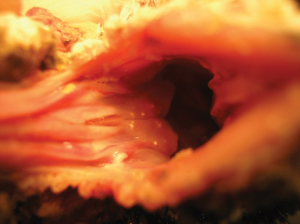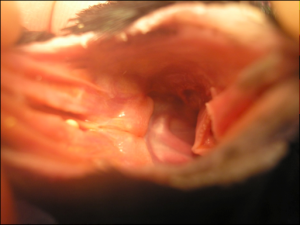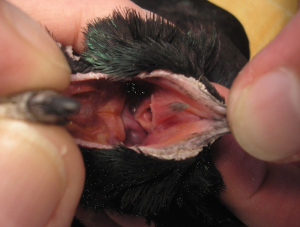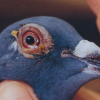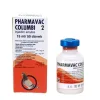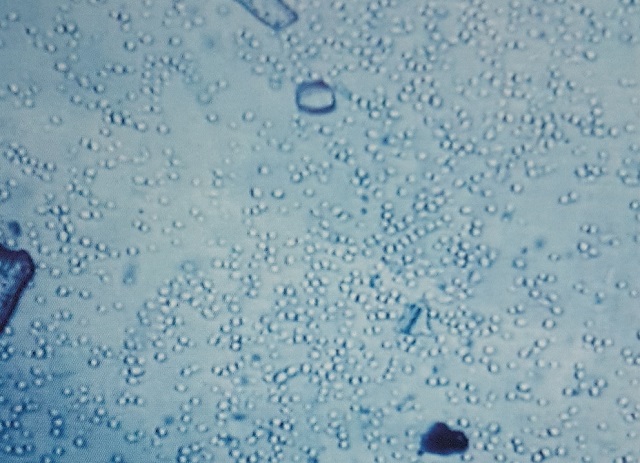
Trichomonas PCR Test in Pigeons
Trichomonas PCR Test in Pigeons: Detecting a Silent Threat
Respiratory diseases and digestive issues are among the most common health problems in racing pigeons, but not all threats are visible. One silent but significant infection is caused by Trichomonas gallinae, a protozoan parasite that can hinder performance, damage organs, and even threaten the survival of young birds. Enter the Trichomonas PCR test: a cutting-edge diagnostic tool that gives pigeon fanciers the upper hand in flock health management.
In this post, we’ll explore the importance of Trichomonas testing, how PCR technology works, symptoms of infection, and what your birds need to stay protected.
What Is Trichomonas in Pigeons?
Trichomonas gallinae is a flagellated protozoan that infects the upper digestive tract and throat of pigeons. Also known as “canker,” it spreads easily through contaminated water, feed, and direct feeding from parents to squabs. While some pigeons may carry the parasite without symptoms, others suffer from severe inflammation, lesions in the throat or crop, difficulty eating, and even death.
Trichomoniasis is particularly dangerous during breeding and racing seasons, where high stress can weaken the immune system and trigger flare-ups.
Why Is the Trichomonas PCR Test Important?
Traditional diagnostics for Trichomonas involve microscopic examination of crop swabs. However, these tests depend heavily on technician skill and the active presence of the parasite. The PCR (Polymerase Chain Reaction) test changes the game by detecting the parasite’s DNA—even when the bird isn’t showing active signs or the parasite isn’t visible under a microscope.
Key Benefits of the Trichomonas PCR Test:
- Higher sensitivity and specificity
- Can detect low-level or latent infections
- Useful for screening breeding pairs before the season
- Improves treatment accuracy and timing
With early and accurate detection, fanciers can isolate infected birds, start effective treatment, and prevent outbreaks that threaten the entire loft.
How the PCR Test Works
PCR (Polymerase Chain Reaction) is a molecular technique that amplifies specific DNA sequences. For Trichomonas, a vet or lab technician collects a crop swab sample and processes it in a laboratory. If the DNA of T. gallinae is present, the PCR test will detect it, even in very small quantities.
Sample Collection:
- Take a sterile crop swab from the bird, preferably early in the day before feeding.
- Place the swab in a transport medium suitable for PCR testing.
- Send the sample to a specialized avian diagnostics lab.
Results are usually available within a few days, offering a reliable tool for flock-wide health assessment.
Signs of Trichomonas Infection
Even with testing, it’s important for fanciers to be familiar with the clinical signs of Trichomonas infection, especially in squabs and high-performance racers:
- Yellowish lesions or cheese-like material in the throat or crop
- Difficulty swallowing or labored breathing
- Weight loss despite eating
- Poor feather condition
- Lethargy and reluctance to fly
- Sudden death in young birds
Not all infected birds show signs. That’s why PCR screening is essential for early detection.
When to Test Your Pigeons
To maximize the value of the Trichomonas PCR test, consider testing at key points in your loft calendar:
1. Before Breeding Season
Screen breeding pairs to ensure no latent infections are passed to squabs.
2. Before Racing Season
Test racers during training season to rule out hidden health issues that could impair performance.
3. After Introducing New Birds
Quarantine and test new arrivals before adding them to the loft.
4. When Symptoms Appear
If birds show signs of canker or poor racing returns, test immediately.
Treatment Options If PCR Is Positive
If a pigeon tests positive for Trichomonas, treatment usually involves anti-protozoal medication such as:
- Ronidazole
- Carnidazole
- Dimetridazole (use with caution and under veterinary supervision)
Supportive care is also essential:
- Clean water and feed daily
- Disinfect loft surfaces
- Provide immune boosters (vitamins A and E, probiotics)
Repeat testing after treatment may be advised to confirm clearance.
Prevention Tips for Trichomonas
Testing is just one piece of a good management puzzle. Here are proven strategies to prevent Trichomonas outbreaks:
- Avoid overcrowding, especially in breeding sections
- Keep waterers and feeders sanitized daily
- Avoid letting birds drink from shared puddles or open sources
- Quarantine and test all new birds
- Use preventative treatments in high-risk periods under veterinary guidance
- Maintain loft hygiene and reduce stress
PCR Testing: Part of a Broader Health Plan
While PCR tests are highly accurate, they should be used alongside other diagnostic tools like fungal cultures, Mycoplasma PCR, and Chlamydia screening to get a full picture of loft health. Combining these tests helps address complex co-infections and improves racing outcomes.
Many fanciers integrate seasonal health checklists and diagnostic panels into their management strategy to keep birds in peak form year-round.
Pigeon Health Diagnostic Checklist
Use this checklist as a quick reference for regular pigeon health assessments and diagnostics throughout the year.
1. General Health Monitoring
2. Respiratory Health
3. Digestive Health
4. Immune and Nutritional Support
5. Pre- and Post-Race Evaluations
6. Breeding and Squab Health
7. Seasonal and Environmental Management
8. Veterinary and Lab Testing (as needed)
Keep this checklist in your loft or pigeon journal for easy access. Regular use helps catch health issues early and ensures peak performance.
Final Thoughts: Precision Pays Off
The Trichomonas PCR test gives pigeon keepers the ability to see the unseen. Whether you’re managing a competitive race team or a breeding program, early detection and targeted action can prevent performance losses and flock-wide issues. With this modern tool in your health arsenal, you can protect your pigeons and fly into the season with confidence.

